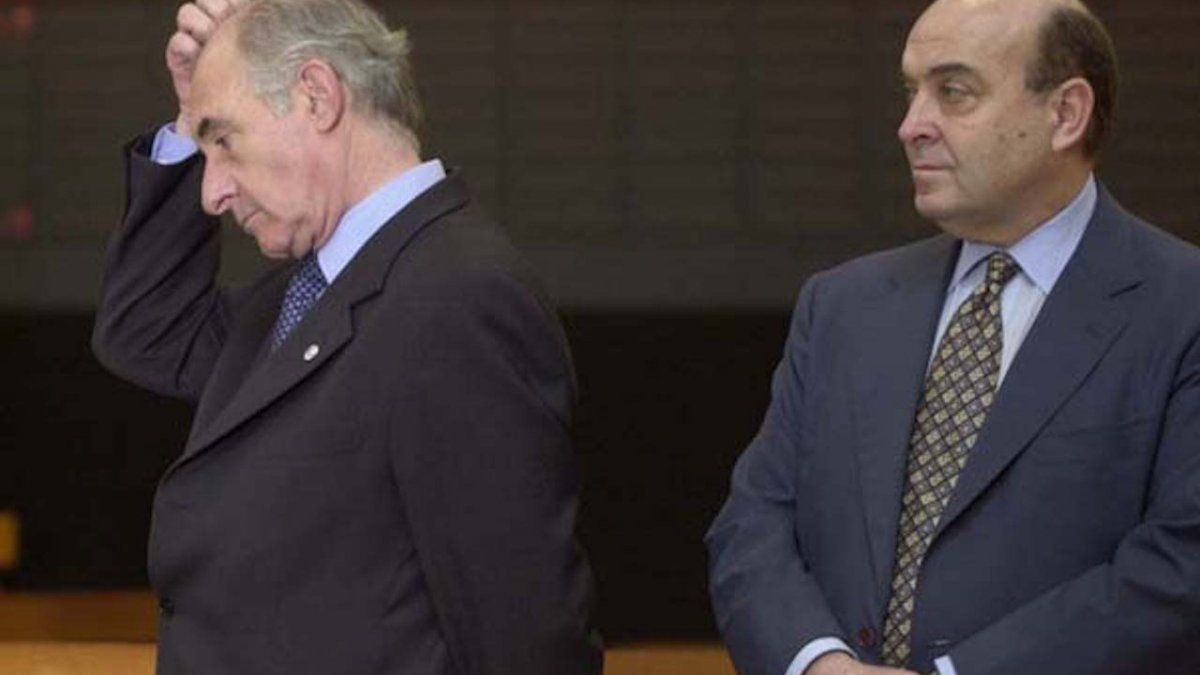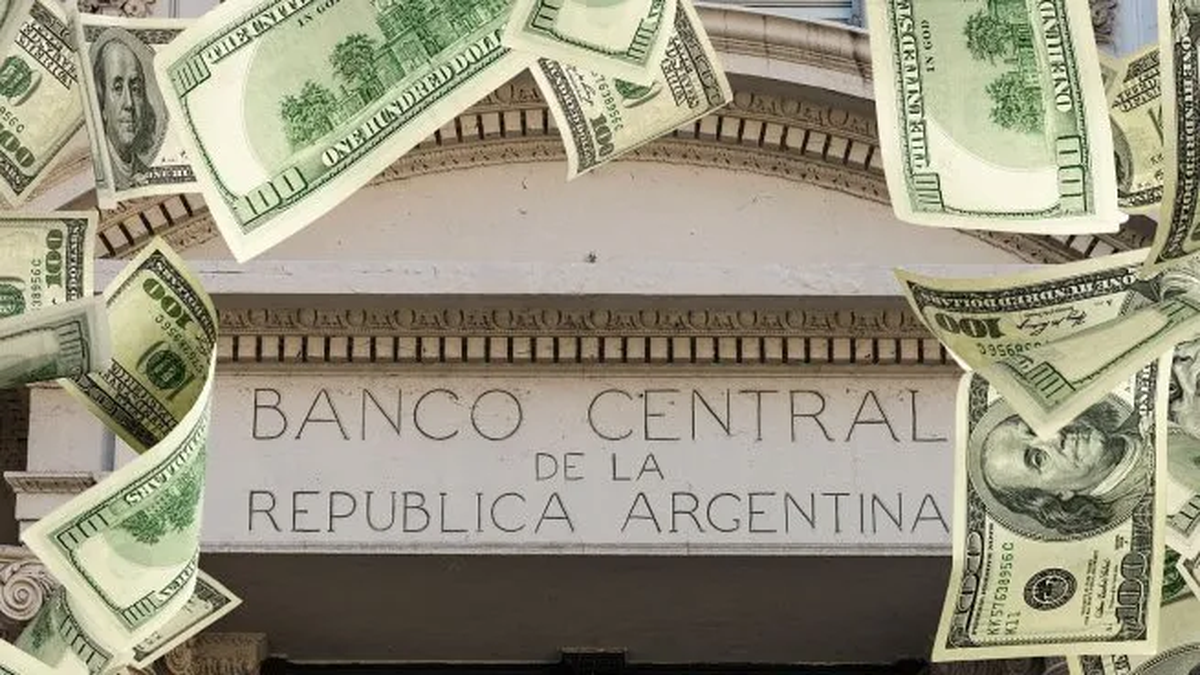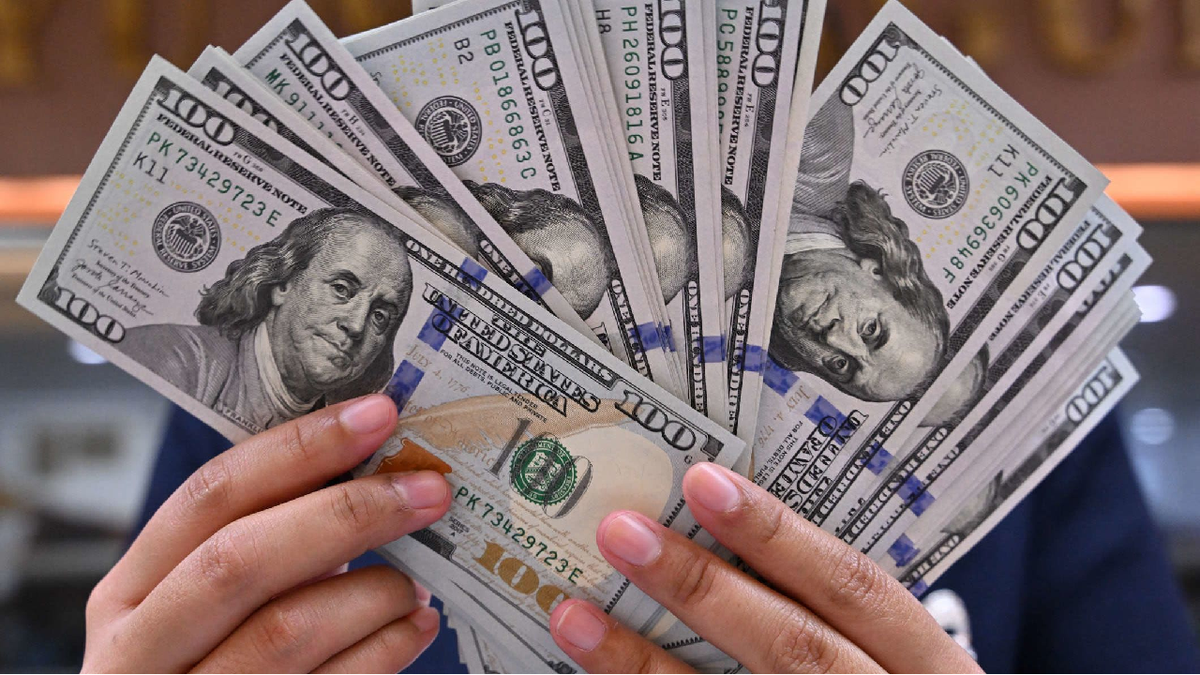July 30: The Senate, dominated by the Peronist opposition, passes a law that states that the state cannot spend more than it collects. The measure includes a 13% cut in salaries and public pensions of more than 500 pesos (dollars).
21st August: The managing director of the IMF, Horst Koehler, recommends that the credit line that the multilateral organization maintains with Argentina be extended by US $ 8,000 million.
October 14: Political setback for the government. Amid growing uncertainty about the future of the economy, the Justicialist opposition prevails in the legislative elections.
October 16 – 17: The ratings agencies Standard & Poor’s and Moody’s warn that Argentina could enter a technical default if investors lose money with their bonds in the debt restructuring proposed by the government of Fernando De la Rúa.
October 30: President De la Rúa tries to calm the markets by stating that participation in the debt restructuring will be “voluntary.” The “country risk” classification rises to 2,121 basis points.
November 1st: The Ministry of Economy begins the announced restructuring of the public debt through the exchange of domestic and international bonds, in order to reduce the financial cost of the State.
November 2nd: Nervousness is triggered in the markets, which close the doors to Argentina. The “country risk” rating goes beyond 2,500 basis points.
November 6: To try to overcome the problem, local banks support the government with the swap of domestic debt.
November 7: The pro-government governors of the provinces agree with the government one of the key elements to comply with the “zero deficit” plan: a cut in national funds that the central government sends them every month from the federal tax sharing.
November 8: However, the provincial governors of the Justicialist opposition refuse to sign the fiscal adjustment pact. Fernando De la Rúa and Domingo Cavallo They travel to the United States to meet with the US president, George Bush, and with investors.
November 14: The justicialist governors of the provinces of Buenos Aires, Córdoba and Santa Fe finally sign the fiscal adjustment pact. (Source: own elaboration based on BBC, 12-20-2001)
The declarations of Eduardo Duhalde, head of Buenos Aires Peronism, anticipated a “disaster”. Credit rating agencies believed that the De la Rúa government was going to fail in its plan to restructure the debt. All of which contributed to the incessant increase in the country risk rate published by JP Morgan. Throughout November, the Ministry of Economy continues to try to restructure the debt, which was the terrain on which the future of the Argentine economy seemed to be at stake. Local banks had already “agreed” to restructure it, and are opening their doors to low-value bonds. The governors of Córdoba and Santa Fe finally accept the “fiscal pact” imposed by the government.
But the problem, now, was outside: the IMF refuses to become the guarantor of the restructuring, the country risk reaches very high levels, the conviction of an imminent default pushes savers to dollarize and withdraw their funds from the banks. The crisis spiraled: Cavallo designs and announces the famous banking “corralito”, which involved a deposit freeze for 90 days. Argentina manages to cover its debt maturities on December 14, but now the trigger of the crisis is social: after two weeks of “corralito”, and with the cash kidnapped, the looting and despair begin. Violence and a state of siege erupt. Fernando De la Rúa resigned and left in the now famous presidential helicopter that took off from the terrace of the Casa Rosada, leaving behind a burning country.
The turbulent 2001: expectation of default and disaster
November 18: Domingo Cavallo returns to Buenos Aires from Ottawa -Canada- empty-handed: the International Monetary Fund had denied him its support for the restructuring of public debt.
November 19: The government begins to receive offers for the exchange of domestic bonds.
November 26: To stop an increase in interest rates, the Central Bank of the Republic establishes a cap on the interest paid on bank deposits.
November 30: In the midst of a marked loss of bank deposits and insistent rumors about an imminent dollarization or confiscation of savings, the classification of “country risk” according to the EMBI + index of JP Morgan reaches a worrying record number: 3,490 basis points.
December 1st: To stem the growing decline in deposits, the government imposes for 90 days, among other measures, a weekly limit of US $ 250 on bank withdrawals. It also allows the dollarization of deposits in pesos, restricts foreign currency shipments abroad, prohibits loans in pesos and establishes that financial operations are carried out only with the rates that apply to transactions in dollars.
December 1st: The IMF announces that it will not release a disbursement agreed with Argentina of 1,264 million dollars. The decision leaves the country on the brink of default.
December 6: The government announces that it will force pension funds to transform their bank deposits into public securities to finance state expenditures.
December 7: Argentina resumes negotiations with the IMF in Washington, with the intention of unlocking financial assistance funds agreed with the organization.
December 13: Unemployment reaches its peak in the country, with 2.53 million people (18.3 percent of the economically active population) unemployed, according to official data. A general strike against the economic policy of Argentina.
December 14: Argentina manages to pay its public debt on due date and avoids default. Deputy Minister of Economy Daniel Marx resigns. Impoverished citizens loot a supermarket in the center of the country in search of food.
December 16: New looting is registered.
December 17: The government sends the 2002 budget bill to Congress, which includes a hefty 19% spending cut.
December 18: IMF chief economist Kenneth Rogoff calls Cavallo’s plan “unsustainable.”
December 19: In the midst of a wave of looting of businesses across the country, the Argentine government decrees a state of siege. The lower house partially repeals special powers of the Minister of Economy, who presents his resignation. Cacerolazo: protesters in the City of Buenos Aires challenge the government’s emergency measure.
December 19: The entire cabinet resigns to allow De la Rúa a reorganization of the government. Thousands of protesters clash with the police for the second day in a row. The death toll has risen to 16 since the protest began.
December 20: Amid strong protests, President De la Rúa invites the Peronist opposition to form a government of national unity. The Peronists reject the proposal. Fernando De la Rúa sends his resignation to Congress. The dead exceeded 30.
December 21: The provisional president of the Senate, the Peronist Ramón Puerta, assumes power temporarily. Congress then appoints the governor of the province of San Luis, also the Peronist Adolfo Rodríguez Saá, as president for 60 days. In addition, a general election is called to elect a president on March 3. (Source: own elaboration based on BBC, 12-20-2001)
That was, in short, the chronology of the political-technocratic crisis that put an end to the government of Fernando De la Rúa. As we could see, the most complex moments in the sequence of events, ratified by indicators of financial unsustainability (increases and decreases in MERVAL, increase in country risk, weakness of BCRA reserves, problems to restructure debt) were driven by strong signs of political weakness, causing great mistrust among debt holders. The arrival of Cavallo did not produce any positive effect in itself, although it deepened the political fragmentation.
He called into question all the bases of the government. For that reason, neither of Cavallo’s two “twists” were credible: neither his attempt to reactivate the economy with “active” policies, nor that of sustaining the restructuring with cuts to the fiscal deficit. Cavallo was a minister who could not implement public policies, because he was neither part of a technocratic dictatorship, nor of a sustainable democratic government. He was an isolated technocrat. It will continue tomorrow.
Professor of Postgraduate UBA and Master’s degrees in private universities. Master in International Economic Policy, Doctor in Political Science, author of 6 books. @PabloTigani
Source From: Ambito




